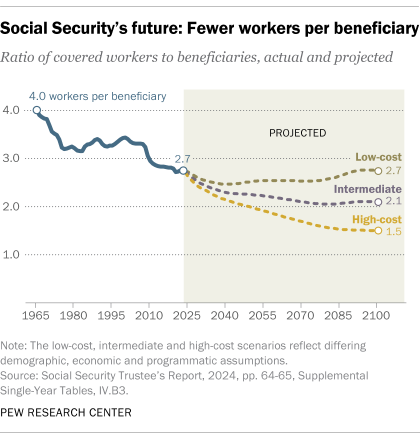In my experience at least, there has not once been an instance where an LLM was able to find answers on Reddit more reliably than I could, and I’ve been using LLMs since before ChatGPT was even a thing. (though granted, most web-search compatible LLMs came later on)
I think it will probably be better than the average user, since a lot of people simply aren’t that great at using search engines very effectively in the first place, but I wouldn’t call the answers “practically impossible to find.”














True. I’ve found DuckDuckGo to still be pretty good though, especially for forum searches, at least in my experience.
I use Kagi now, which is even better, for me at least, but that’s paid and I know most people aren’t gonna shell out money every month for a search engine.